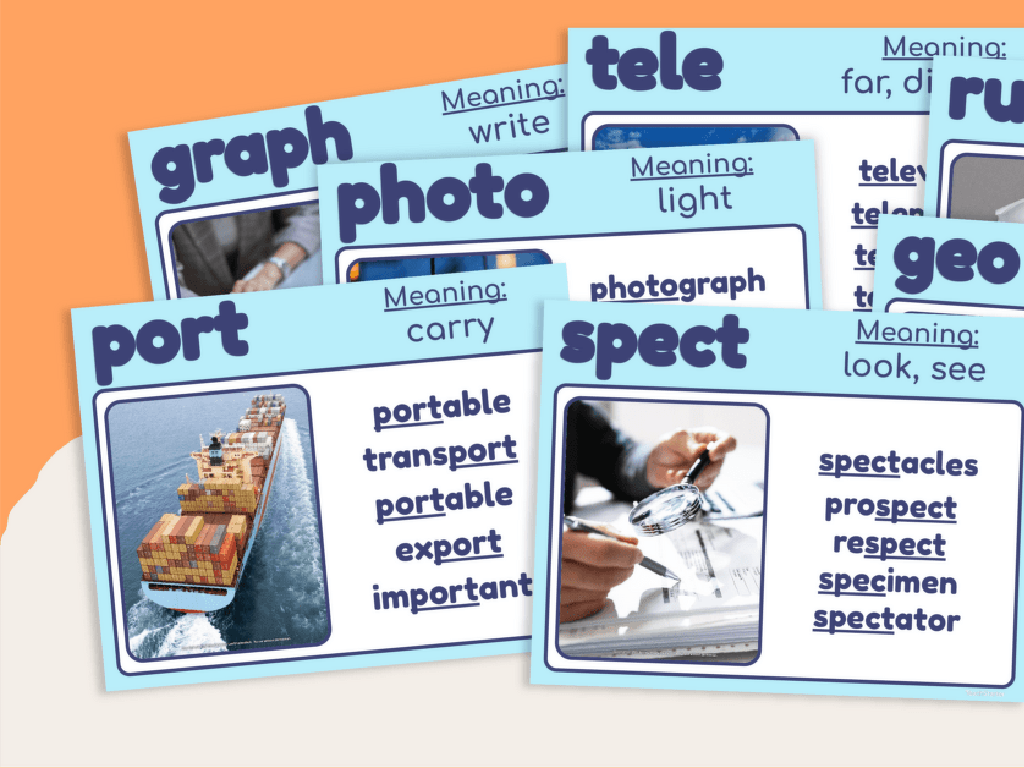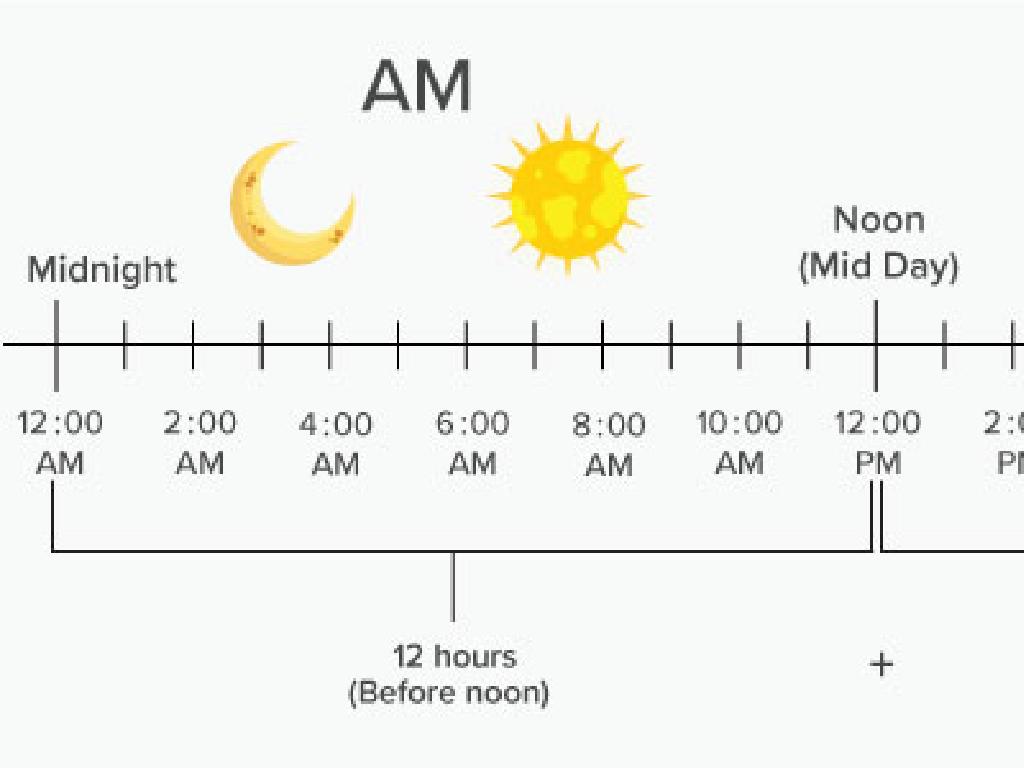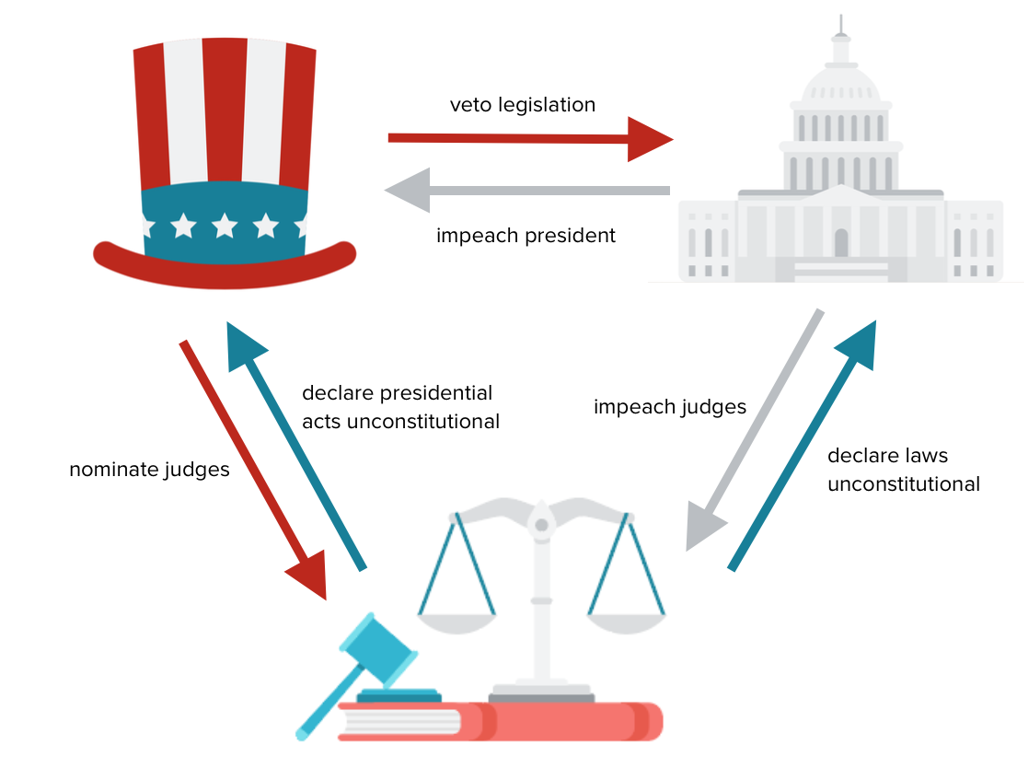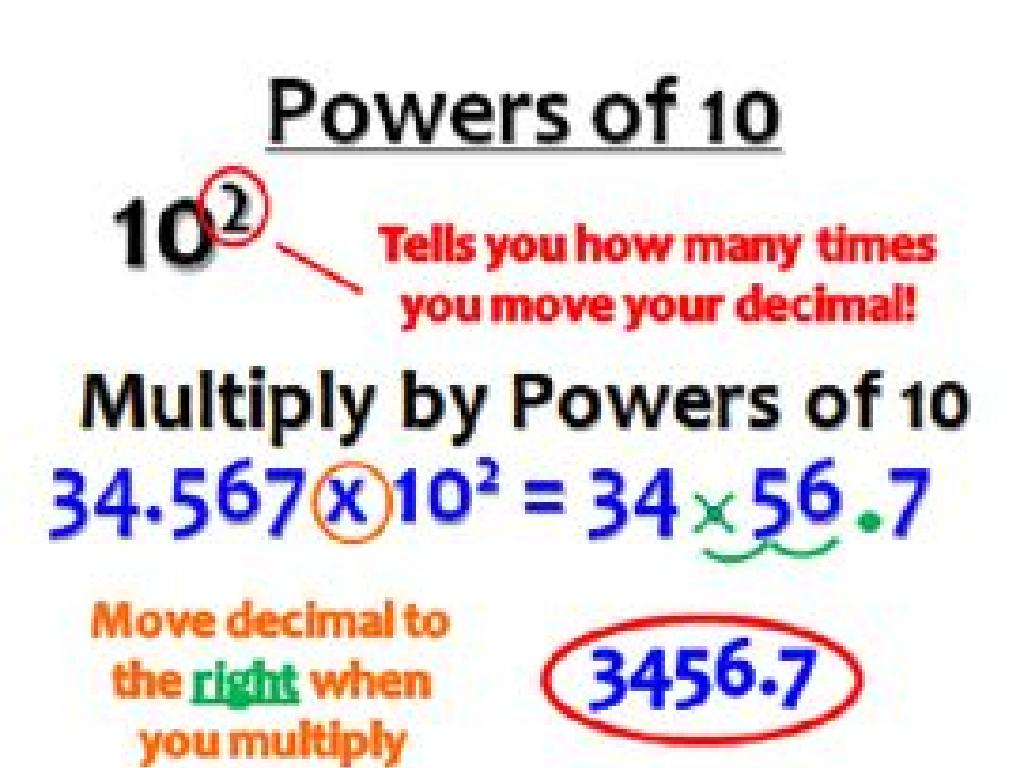Show Numbers With Cubes - Up To 10
Subject: Math
Grade: Kindergarten
Topic: Counting To 10
Summary: Discover the joy of counting with cubes in this interactive Kindergarten math lesson! Students learn to count from 1 to 10 using colorful cubes to build number towers, match quantities, and play engaging counting games. Through hands-on practice, children strengthen number recognition, one-to-one correspondence, and simple addition skills. The lesson connects counting to everyday life and encourages practice at home, making early math both fun and meaningful.
Please LOG IN to download the presentation. Access is available to registered users only.
View More Content
Welcome to Counting with Cubes!
– Greet our young mathematicians
– Today’s focus: Numbers with cubes
– We’ll use colorful cubes to learn numbers
– Counting is fun and useful
– We use counting for sharing toys, snacks, and more
– Practice counting up to 10
– Let’s count cubes together from 1 to 10
|
This slide is designed to introduce Kindergarten students to the concept of counting using a tangible method – cubes. Start by creating a welcoming and exciting atmosphere for the children to engage with math. Explain that cubes can help us visualize numbers and make learning more interactive. Emphasize the importance and fun of counting in everyday activities, such as dividing snacks or toys. During the lesson, guide the students through hands-on practice by counting cubes from 1 to 10, ensuring they understand the one-to-one correspondence between the number of objects and the numbers themselves. Encourage participation and praise their efforts to foster a positive learning environment.
What Are Numbers?
– Numbers show how many we have
– We use numbers every day
– What’s your favorite number 1-10?
– Share your favorite number and why you like it!
– Numbers are fun and useful
|
This slide introduces the concept of numbers to Kindergarten students. Start by explaining that numbers help us count things like toys, cookies, or even our fingers. Emphasize that numbers are a part of our daily lives, from counting steps to knowing our age. Encourage the children to think about numbers by asking them to share their favorite number between 1 and 10. This will make the lesson interactive and help them feel connected to the concept of numbers. Use this opportunity to gauge the children’s familiarity with numbers and to create a fun learning environment.
Meet the Cubes: Counting to 10
– Cubes as counting blocks
– Imagine cubes as tiny blocks to stack and count.
– One cube equals one number
– Each cube we add counts as one more.
– Counting cubes together
– We’ll count each cube in a group to see how many.
– Practice with cubes up to 10
– Let’s stack cubes to show numbers from 1 to 10.
|
This slide introduces the concept of using physical objects, like cubes, to represent numbers and help with counting. Each cube represents one unit, and children will learn to associate the quantity of cubes with numerical values. The interactive activity of stacking cubes will engage the students and help them visualize numbers up to 10. Encourage the children to count aloud as they add each cube to the stack. This hands-on approach reinforces number recognition and counting skills. Prepare sets of cubes for each child or pair of children to practice with after the presentation, and consider group activities where children can compare stacks to understand more and less.
Counting Cubes Together: Learning to Count to 10
– Start with one cube and say ‘one’
– Add another cube – now count
After adding, we have two cubes!
– Keep adding cubes, counting each
Each time we add a cube, we say the next number.
– Can we add cubes to make ten?
Let’s add cubes until we say ‘ten’!
|
This slide is designed to introduce Kindergarten students to counting up to ten using a visual and tactile method with cubes. Start by showing them a single cube and counting it as ‘one.’ Then, add another cube and encourage the students to count the cubes again. Repeat this process, adding one cube at a time and counting aloud together until you reach ten cubes. This hands-on activity helps students understand the concept of counting incrementally and associating numbers with quantities. For the activity, prepare enough cubes for the class and guide them through the process, ensuring they are engaged and participating in the counting. Offer praise and encouragement as they successfully count each number.
Learning Numbers 1 to 5 with Cubes
– One cube: Count ‘one’
– Here’s a single cube. What number is this?
– Two cubes: Count ‘two’
– Now we have a pair. How many cubes are there?
– Three cubes: Count ‘three’
– Add another to make three. Can you count them?
– Four and five cubes: Keep counting
– Let’s add more to make four, then five. Count along!
|
This slide is designed to help Kindergarten students visualize and understand the concept of counting using physical objects, in this case, cubes. Start with a single cube and ask the students to count aloud ‘one.’ Then, add another cube to make a pair and have the students count ‘two.’ Continue this process, adding one cube at a time up to five. Encourage the students to count along each time a cube is added. This hands-on activity helps reinforce the concept of counting and number recognition. For the activity, you can have different sets of cubes for each student to interact with, or use a large demonstration set at the front of the class. Make sure to pause after adding each cube to give students time to recognize the number and say it aloud.
Counting Cubes: Numbers 6 to 10
– Counting six cubes together
– Let’s count: 1, 2, 3, 4, 5, 6
– Adding one cube for seven
– Place another cube: now there are 7
– Counting up to eight cubes
– Add one more each time: now we have 8
– Nine and ten cubes follow!
– Finally, we reach 9 and then 10 cubes!
|
This slide is focused on helping Kindergarten students visualize and understand numbers 6 to 10 by using physical cubes. Start by showing them six cubes and counting together. Emphasize each number as you count and encourage the children to repeat after you. Then, introduce the concept of adding one more cube to make seven, and continue this process until you reach ten. Make sure to pause after each number to allow the students to understand the sequence. The goal is to make them comfortable with counting and to recognize the numbers 6 to 10. For the activity, you can have different sets of cubes for each student to practice counting and adding one more cube. This hands-on experience reinforces their counting skills and number recognition.
Let’s Play a Counting Game with Cubes!
– I’ll show you a number
– You make it with cubes
– Example: Number ‘three’
– Find three cubes and show me
– Let’s start with ‘four’
– Can you find four cubes?
|
This interactive game is designed to help Kindergarten students recognize numbers and represent them physically using cubes. It’s a hands-on activity that will engage the students and reinforce their counting skills. Start by showing a number card and ask the students to represent that number by picking the corresponding number of cubes. For example, if you show the number ‘three’, the students should pick three cubes. After the demonstration with ‘three’, move on to the number ‘four’ and continue with the rest of the numbers up to ten. Encourage the students to count aloud as they pick each cube. This activity can be done individually or in small groups to promote teamwork. Make sure to praise their efforts and correct gently if they make a mistake.
Class Activity: Build a Tower with Cubes
– Start with one cube
– Add cubes to make a tower
Each cube represents a number, stacking them teaches counting
– Count each cube up to ten
Say the numbers aloud as you stack the cubes
– Who can build the correct tower?
|
This activity is designed to help Kindergarten students visualize numbers and understand counting up to ten. Begin by demonstrating how to place one cube down as the number one. Then, add cubes one by one, counting aloud with each addition. Encourage the students to build their own towers alongside you, making sure they count each cube. This hands-on activity not only reinforces the concept of counting but also helps with number recognition and fine motor skills. As an extension, ask students to identify the number of cubes without counting (subitizing) to challenge them further. Have a discussion afterward about which towers are the tallest, shortest, and if they have the correct number of cubes. Prepare to assist students who may have difficulty stacking or counting the cubes.
Review: Counting Cubes Up to 10
– How many cubes in your tower?
– Add one cube, what’s the new number?
– If you had 6 cubes and add one, now you have 7 cubes!
– Counting cubes, a fun way to learn numbers!
– Celebrating our counting skills!
|
This slide is meant to review and reinforce the counting skills learned during the lesson. Start by asking the students to look at their own towers of cubes and count the number of cubes. Encourage them to share their answers with the class to foster a collaborative learning environment. Then, challenge them by asking what the new total would be if they added one more cube to their tower, helping them understand the concept of ‘one more’ and simple addition. Praise their efforts in counting with cubes, emphasizing that math can be fun and interactive. End the session by celebrating the progress they’ve made in recognizing and counting numbers up to 10. For the next class, consider preparing different cube towers in advance to quickly engage students in counting exercises.
Goodbye and Great Counting!
– Amazing job counting with cubes!
– Practice counting anything at home
– Count toys, steps, or even claps!
– Remember how we counted to 10
– Use your cubes to show numbers
– Excited to see you next time!
|
This slide is meant to wrap up the lesson on counting with cubes up to 10. Praise the students for their hard work during the lesson. Encourage them to practice counting at home using everyday items, reinforcing the concept that counting is not limited to the classroom. Remind them of the techniques used with cubes to represent numbers up to 10. Express enthusiasm for the next lesson to keep them excited about learning math. Prepare a few simple counting activities for the next class to continue building on their counting skills.





